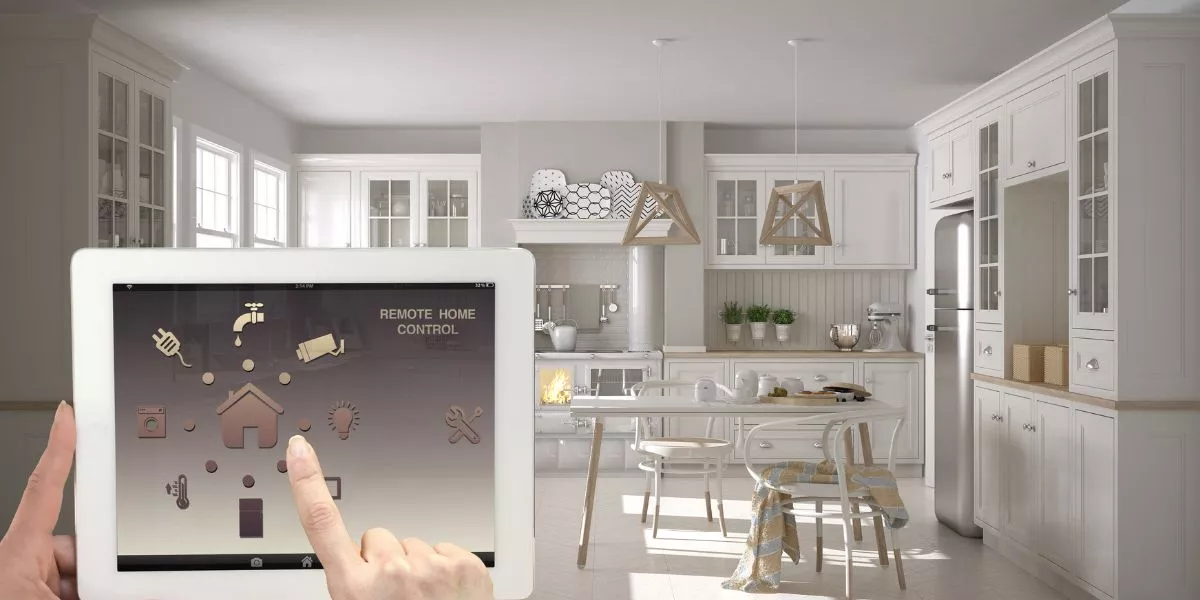
So, you've set up your smart home with all the latest gadgets and devices, but how exactly do those smart home hubs and assistants collaborate to make your life easier? The synergy between these two components is crucial for the smooth operation of your smart home, ensuring that your devices work harmoniously together. But how does this partnership really function behind the scenes, and what benefits does it bring to your daily routine? Let's explore the intricate dance between smart home hubs and assistants to uncover the magic that powers your connected home.
Smart Home Hubs Overview
How do smart home hubs streamline the control of your connected devices with ease and efficiency?
Smart home hubs serve as the central command center for all your smart devices, allowing you to manage them from a single interface. By connecting to various devices like lights, thermostats, cameras, and locks, these hubs provide a unified platform for control. With the ability to communicate with devices using different protocols such as Wi-Fi, Bluetooth, Zigbee, or Z-Wave, smart home hubs bridge the gap between incompatible technologies.
Not only do smart home hubs simplify device control, but they also enable automation and customization. You can create routines and schedules to automate tasks, like turning on lights at sunset or adjusting the thermostat when you leave for work. Additionally, these hubs often offer compatibility with third-party services, expanding their functionality beyond just your smart devices. From enhancing security to increasing energy efficiency, smart home hubs are versatile tools that can transform your living space into a truly connected home.
Role of Voice Assistants
Voice assistants seamlessly integrate with smart home hubs, enhancing the functionality and convenience of controlling your connected devices. By simply using voice commands, you can operate various aspects of your smart home, such as adjusting the thermostat, turning on lights, or even locking doors. These voice-controlled assistants, like Amazon's Alexa, Google Assistant, or Apple's Siri, act as the bridge between you and your smart home ecosystem, making it easier to manage tasks hands-free.
One of the key benefits of voice assistants is their ability to understand natural language, allowing you to communicate with your smart home hub in a more intuitive manner. You can ask questions, set reminders, play music, and control multiple devices simultaneously through a single voice command. Additionally, voice assistants can be personalized to recognize different voices within your household, providing a tailored experience for each user.
With the advancements in artificial intelligence and machine learning, voice assistants continue to evolve, offering more functionalities and integrations with a growing number of smart home devices. As a result, interacting with your smart home hub has become more seamless and efficient, thanks to the convenience of voice control.
Integration and Compatibility
To ensure a seamless experience with your smart home ecosystem, it's essential to consider the integration and compatibility of your devices. Compatibility refers to whether your devices can communicate and work together effectively, while integration involves connecting these devices to create a unified system.
When choosing smart home hubs and assistants, ensure they're compatible with the devices you already own or plan to purchase. Compatibility issues can lead to frustration and limit the functionality of your smart home setup. Look for hubs and assistants that support a wide range of brands and technologies to maximize compatibility.
Integration plays a crucial role in creating a cohesive smart home system. By integrating your devices, you can control them through a single interface, automate routines, and create custom commands that trigger multiple actions simultaneously. This level of integration streamlines your smart home experience, making it more convenient and efficient.
Prioritize compatibility and integration when selecting smart home hubs and assistants to enjoy a seamless and interconnected home automation system.
Benefits of Combined Use
Maximizing the combined use of smart home hubs and assistants enhances the efficiency and functionality of your home automation setup. By integrating the capabilities of both systems, you can enjoy a seamless and interconnected smart home experience. One of the key benefits is improved control and coordination of your devices. With smart home hubs acting as the central command center and assistants like Alexa or Google Assistant providing voice control, you can easily manage your smart devices with simple voice commands or through a single interface.
Another advantage of using smart home hubs and assistants together is the ability to create more complex automation routines. You can set up custom routines that involve multiple devices from different brands, allowing you to tailor your smart home to your specific needs and preferences. Additionally, the combined use of hubs and assistants often results in enhanced compatibility and support for a wider range of smart devices, giving you more flexibility in choosing and expanding your smart home ecosystem.




